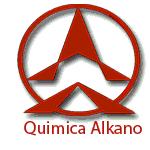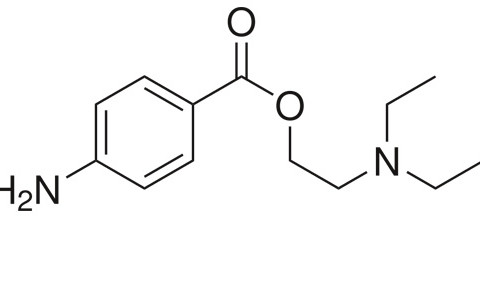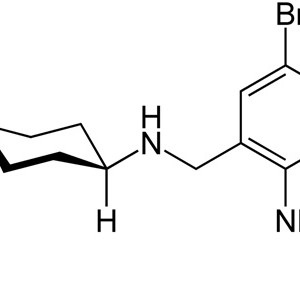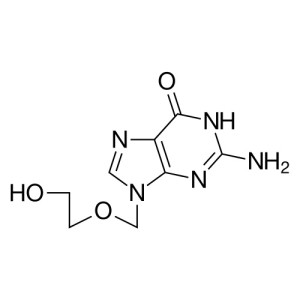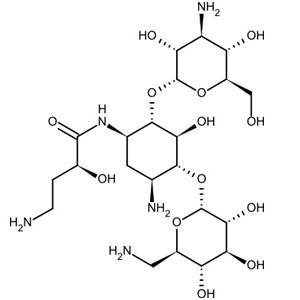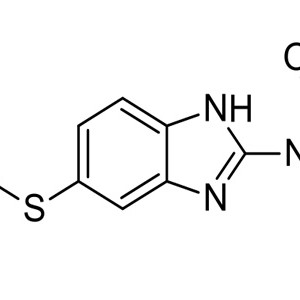Procaine Hcl
Procaine is a local anesthetic drug of the amino ester group. It is used primarily to reduce the pain of intramuscular injection of penicillin, and it is also used in dentistry. Owing to the ubiquity of the trade name Novocain , in some regions procaine is referred to generically as novocaine . It acts mainly by being a sodium channel blocker. Today it is used therapeutically in some countries due to its sympatholytic, anti-inflammatory, perfusion enhancing, and mood enhancing effects.
Procaine was first synthesized in 1905, shortly after amylocaine. It was created by the German chemist Alfred Einhorn who gave the chemical the trade name Novocaine, from the Latin nov- (meaning new) and -caine, a common ending for alkaloids used as anesthetics. It was introduced into medical use by surgeon Heinrich Braun. Prior to the discovery of amylocaine and procaine, cocaine was the most commonly used local anesthetic.[citation needed] Einhorn wished his new discovery to be used for amputations, but surgeons preferred general anesthetic. Dentists, however, found it very useful. Einhorn was displeased by this perceived misuse of his “noble” invention and spent many years touring dental schools to advise them not to use it.
Use the Word document to HTML converter to avoid dirty web source and messy markup code!

Starting at
Product Description
| 2-(diethylamino)ethyl 4-aminobenzoate |
| AHFS/Drugs.com | monograph |
|---|---|
| Pregnancy category |
|
| Legal status |
|
| Routes of administration | Parenteral |
| Bioavailability | n/a |
|---|---|
| Metabolism | Hydrolysis by plasma esterases |
| Biological half-life | 40–84 seconds |
| Excretion | Renal |
| CAS Number | 59-46-1 |
|---|---|
| ATC code | N01BA02 C05AD05 S01HA05 |
| PubChem | CID: 4914 |
| IUPHAR/BPS | 4291 |
| DrugBank | DB00721 |
| ChemSpider | 4745 |
| UNII | 4Z8Y51M438 |
| KEGG | D08422 |
| ChEBI | CHEBI:8430 |
| ChEMBL | CHEMBL569 |
| NIAID ChemDB | 019136 |
| Formula | C13H20N2O2 |
|---|---|
| Molecular mass | 236.31 g/mol |
|
SMILES[show] |
|
|
InChI[show] |
|
